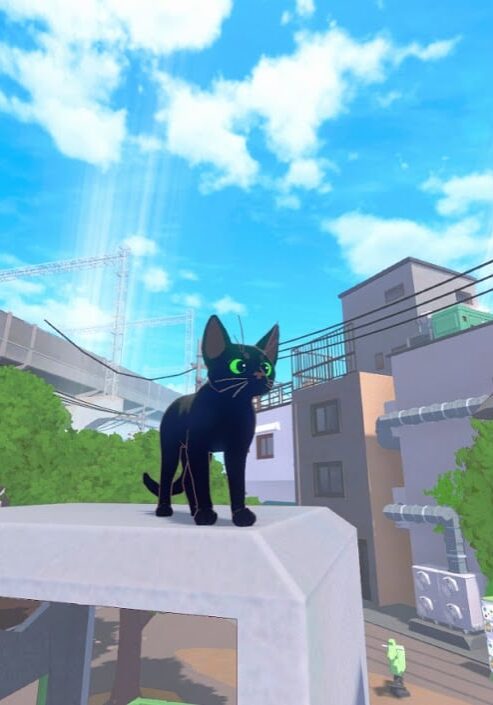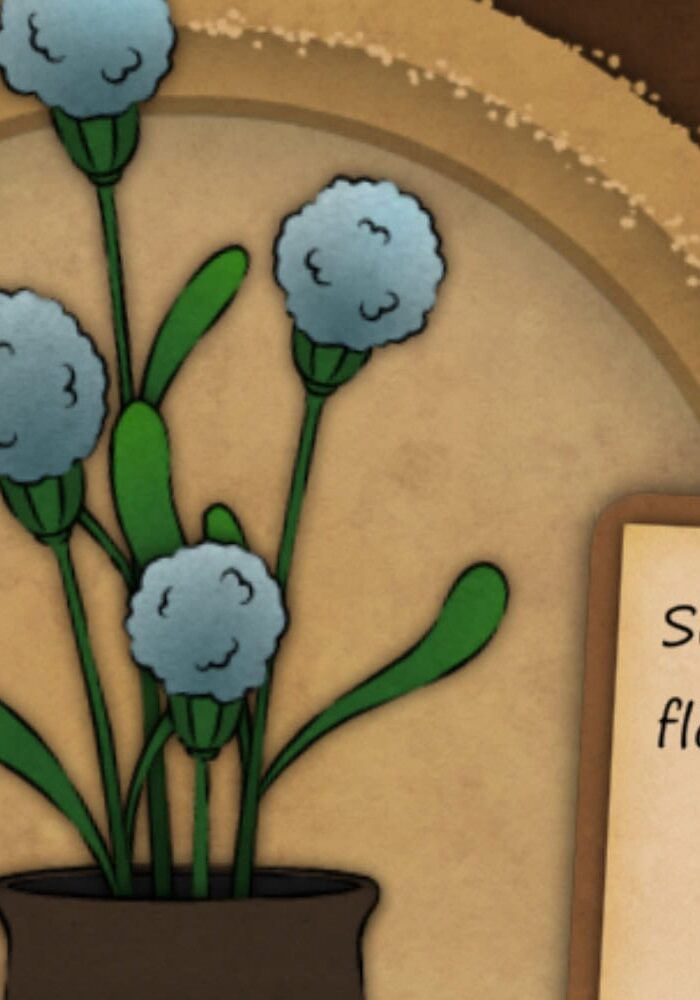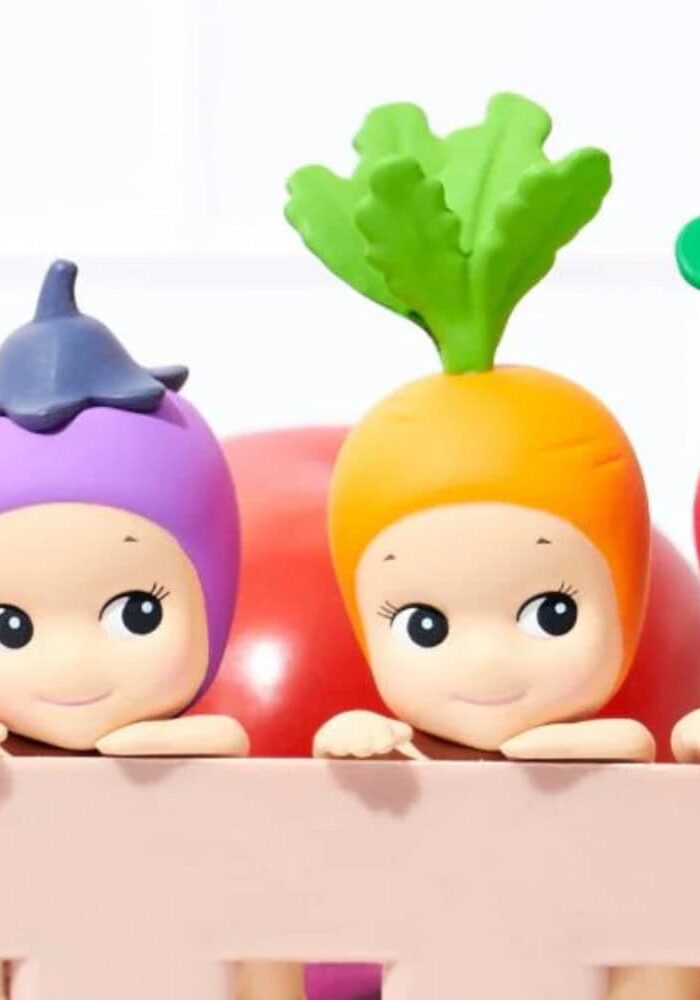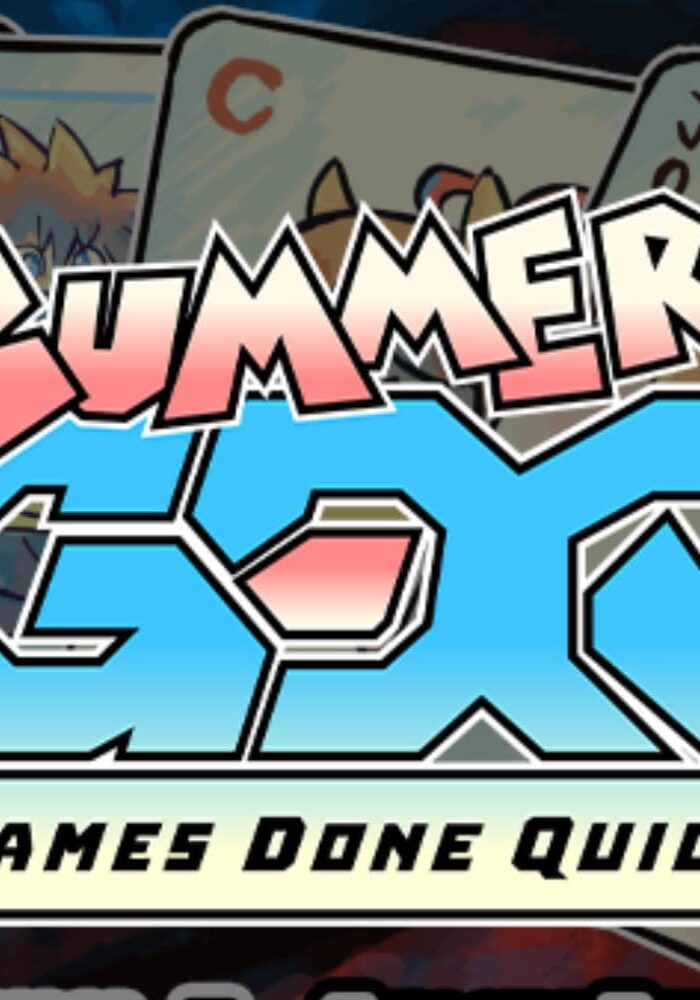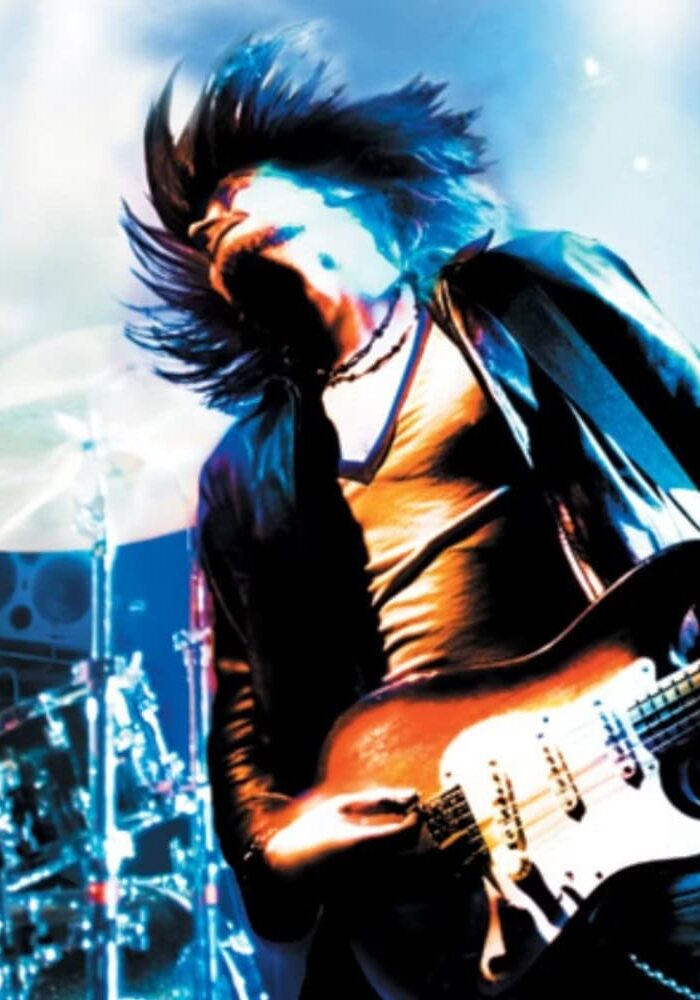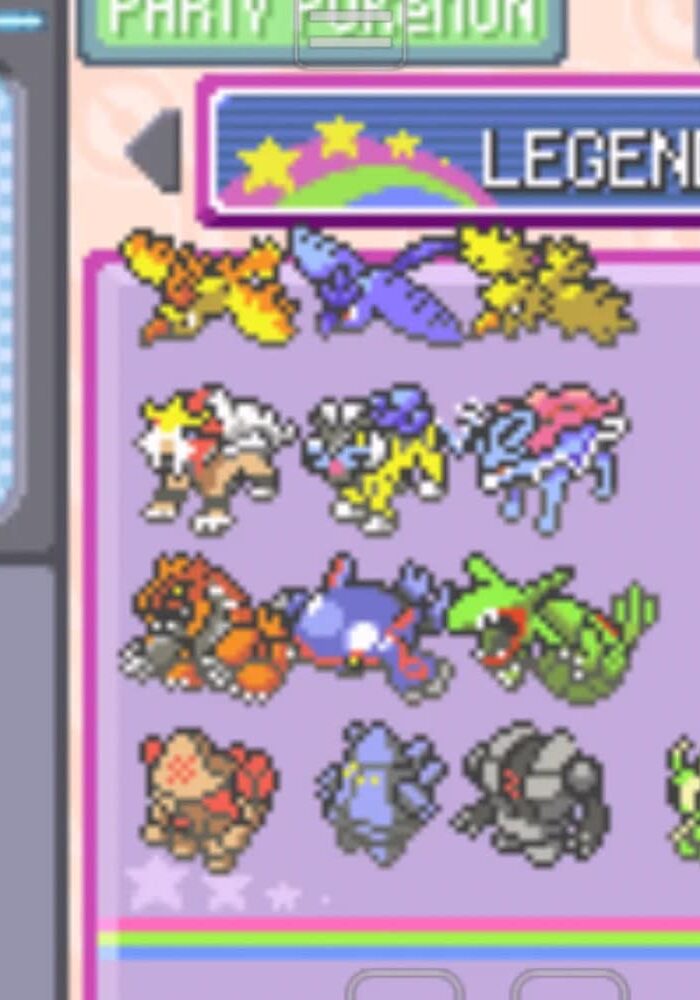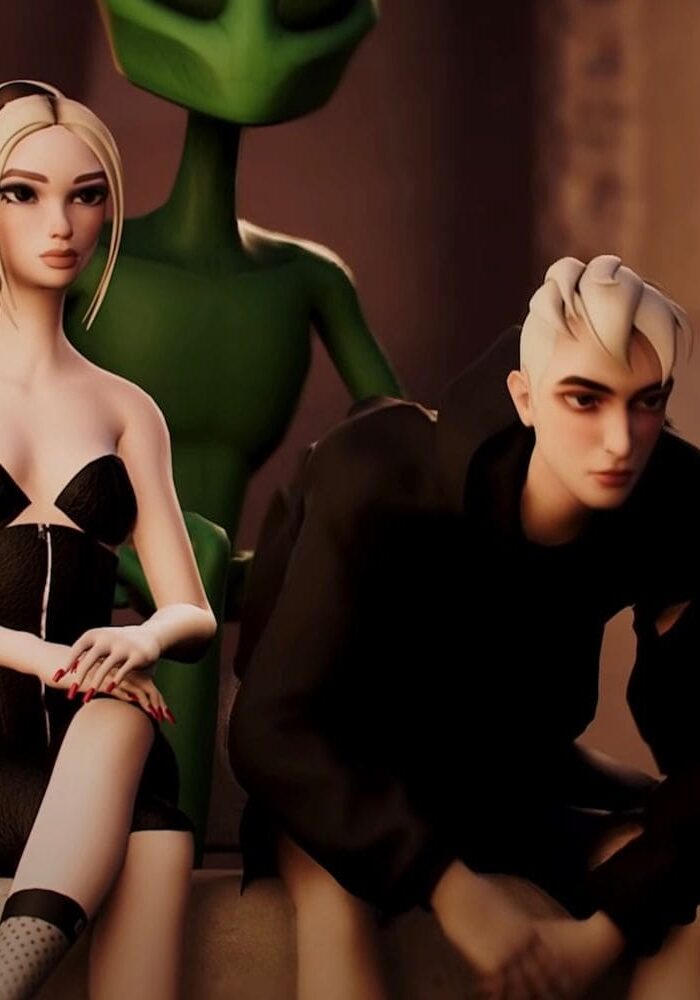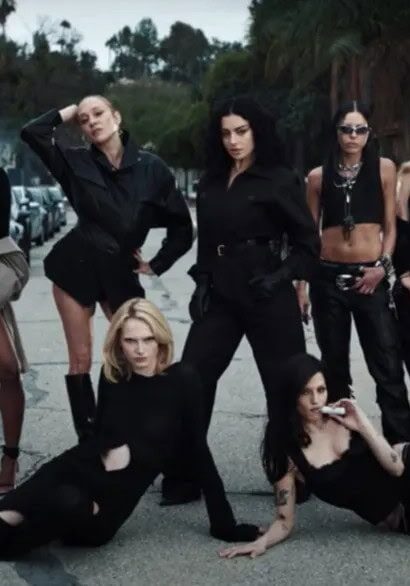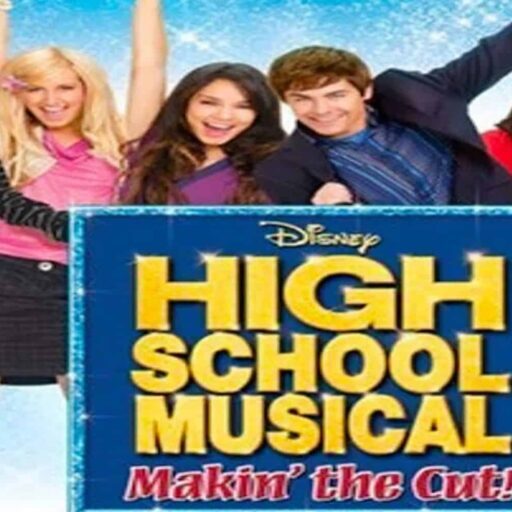
Words by Willow Najarro
How “High School Musical: Makin’ the Cut” Redefined Gaming for a Generation
In the heart of every gamer who grew up in the early 2000s, there’s a beat that syncs perfectly with the pulse of the High School Musical franchise. It’s a rhythm infused with the echoes of movie premieres and the tangible presence of CD collections that marked an era. For those whose childhoods were painted in the hues of East High’s drama, the act of receiving a pink Nintendo DS at Christmas alongside “High School Musical: Makin’ the Cut!” wasn’t just a gift; it was a portal to a new dimension.
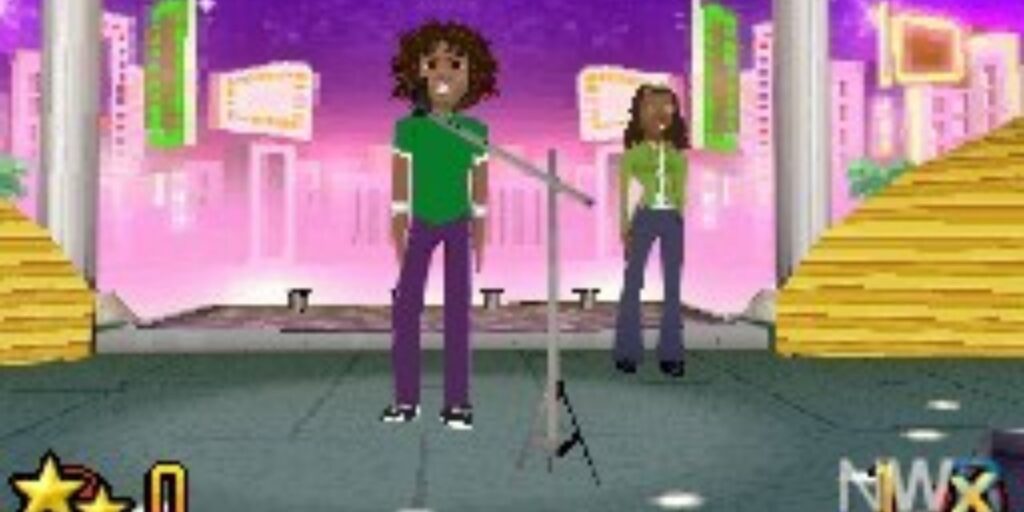
Early 2000s Gamers have been obsessed with the High School Musical franchise from a young age. If you were to talk to any gamer from this time, there is a guarantee that they’ve been there for each premiere from the film franchise and collected the limited edition soundtrack CDs. When I personally got my pink Nintendo DS for Christmas, the first game I asked for was “High School Musical: Makin the Cut”. The game opened me up to a lot of other video games I would play in the future and it was the first time I thought that gaming felt like something I could enjoy.
HSM: Makin the Cut was really similar to games like Guitar Hero or Lego Rock Band. At the beginning of the game, you are given different ‘modes’ which consist of story, dance, music, and video maker. The story mode allowed you to follow along with the character as they entered the “Best Youth Musical” competition, allowing you to choose a song and two characters would dance or sing – depending on the mode to your chosen song. In addition, there was another feature called the video maker, which let you make a music video for one of the performances and control aspects of the video – such as camera angles, lighting, and special effects.
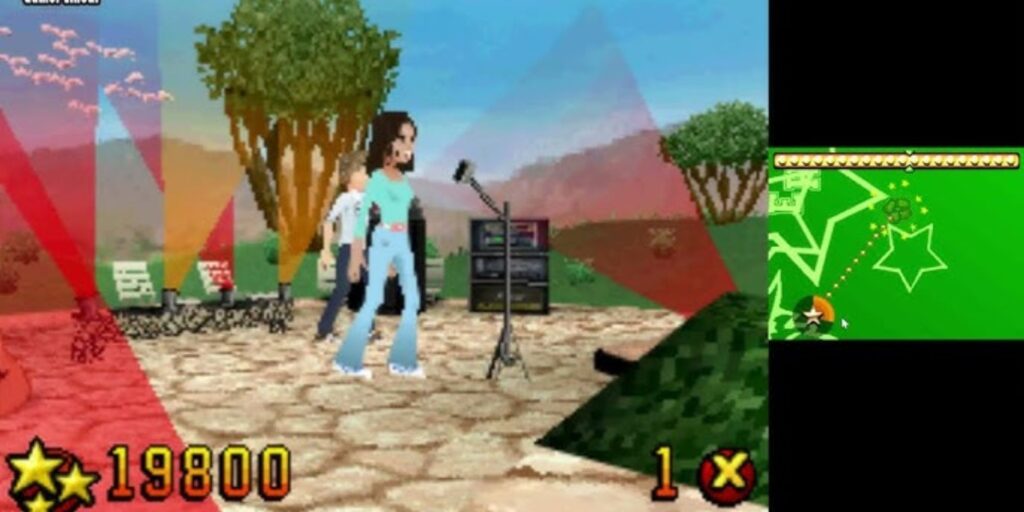
This immersion into the High School Musical universe through the lens of “Makin’ the Cut” wasn’t just a journey through a beloved narrative; it was a groundbreaking moment for gamers, an awakening to the vast potentials of video game narratives that could be personalized and deeply felt. The game’s modes—story, dance, music, and video maker—acted as gateways, not just into the cinematic world of East High, but into a newfound agency within gaming itself. Gamers could orchestrate the musical numbers, direct the cinematic angles, and craft the performances of their cherished characters, stepping into roles far beyond the passive spectator.
The allure of “Makin’ the Cut” lay not just in its gameplay but in its ability to tap into the zeitgeist of a generation that grew up idolizing Troy, Gabriella, and the rest of the East High gang. This connection went deeper than mere nostalgia; it was a bridge to a personal involvement in a story that had defined a generation’s understanding of friendship, ambition, and the joy of finding one’s voice. Through my time playing HSM, I managed to find a community at a young age. I would sneak my DS into my backpack to play with my friends at school, finally finding something we could all unite over. After I started playing the game frequently I would always ask my brother to take me to see the other DS games because I became so obsessed with the feeling of playing video games. I used to beg my brother to take me to check out new DS games every weekend.

In circling back to where it all began, the impact of “High School Musical: Makin’ the Cut” emerges not just from its gameplay but from its role as a cultural conduit for a generation. This wasn’t merely a game; it was a zeitgeist captured in digital form, blending the fervor for a beloved musical saga with the nascent world of personal gaming. What started with the unwrapping of a pink Nintendo DS one Christmas morphed into a profound exploration of identity, community, and passion. For those who navigated the early 2000s with a soundtrack of “High School Musical” echoing in the background, this game served as a bridge between worlds—uniting the solitary with the shared, the digital with the tangible. It demonstrated, with unmistakable clarity, how gaming could transcend entertainment, embedding itself into the fabric of personal history and shaping a collective memory that resonates far beyond the confines of East High.
Enjoyed this story? Support independent gaming and online news by purchasing the latest issue of G.URL. Unlock exclusive content, interviews, and features that celebrate feminine creatives. Get your copy of the physical or digital magazine today!
Little Kitty Big City: The Warmth of Cosy Gaming
Proof That Sometimes the Purr-suit of Happiness Is as Simple as Being a Cat Written by Rose Renaud The mainstream popularity of the casual games genre has exploded in recent years. They have always been around and possess a sense of nostalgia with series like Animal Crossing and The Sims. They were worlds where we…
Strange Horticulture: Unraveling Mysteries One Leaf at a Time
In this botanical whodunit, the only thing sharper than your shears is your wit. Written by Janelle Hyde Strange Horticulture is an immersive game that excellently captures a somber tone. Set in the fictional town of Undermere, players inherit a plant store and navigate a world filled with botanical mysteries and magical properties. The game…
Petra Collins’ “I’m Sorry” Collection
A Whimsical Wail of Nostalgia and Glamour Welcome back to the dreamy, cotton-candy universe of Petra Collins, where the boundary between reality and fantasy is as blurry as your latest Instagram filter. With her reimagined collection, “I’m Sorry,” Petra is serving us a triple scoop of nostalgia, art, and high-fashion collaboration. Let’s dive into this…
Sonny Angels: The Cherubic Collectibles You Didn’t Know You Needed
Sonny Angels don’t just give you wings – they also lighten your wallet! Alright, let’s dive into the world of Sonny Angels. Picture this: you’re wandering through a labyrinthine Japanese department store, and suddenly, you’re ambushed by a horde of tiny cherubic figures. Each one is donning an outrageous headgear – a strawberry, a panda,…
5 Must-Watch Runs From SGDQ 2024
Dive Into the Best of Summer Games Done Quick with These Five Unmissable Speedruns Written by Terry Ross Once a year, thousands of gamers turn off the cosy droning of the YouTube lo-fi beats streams which accompany their workweek and switch over to something far more exciting: the summer Games Done Quick speedrunning marathon. For…
Rock Band: The Game That Defined Your Music Taste Without You Realising It
The Unsung Influence of Rock Band and Guitar Hero on Modern Emo and Music Culture Written by Kayla Moreno Y2K and its subcultures have been seeing a massive resurgence over the past several years. It’s known that when people crave a sense of comfort, nostalgia waves often bring them peace. Things that are reminiscent of…
Gaming Purity and the Attitude Towards Cheats and Wikis
The Holier-Than-Thou Attitude Towards Cheats and Wikis in Single-Player Games In the hallowed halls of single-player video games, there’s an unspoken hierarchy among players—a purity test, if you will. On one side, you have the self-proclaimed purists, those who wear their struggle and perseverance like badges of honor. On the other, there are the pragmatists,…
Katy Perry Returns with “Woman’s World”
A Controversial Comeback for the Singer’s Sixth Studio Album Katy Perry has once again graced the pop music scene with her latest single, “Woman’s World,” released today, July 12, 2024. This track marks a significant moment in her career as it’s the first single from her upcoming, yet-to-be-titled sixth studio album. Perry’s announcement and teasers…
Defining The Fashion Metaverse
Redefining the Digital Luxury Experience The concept of the fashion metaverse has rapidly evolved from a niche experiment to a burgeoning frontier where technology, fashion, and social interaction converge. With platforms like DREST leading the charge, the metaverse offers a transformative space for brands and consumers alike. This thought piece explores the intricate dynamics of…
Is the IT Girl Just an Online Girl?
Reflecting on the broader implications of digital culture on today’s celebrities In the kaleidoscopic realm of contemporary culture, the concept of the “It Girl” morphs and mutates, perpetually reinventing itself to mirror societal shifts. Once defined by fleeting glimmers in the tabloid spotlight, today’s It Girl is enmeshed in the digital ether, her identity coalescing…

